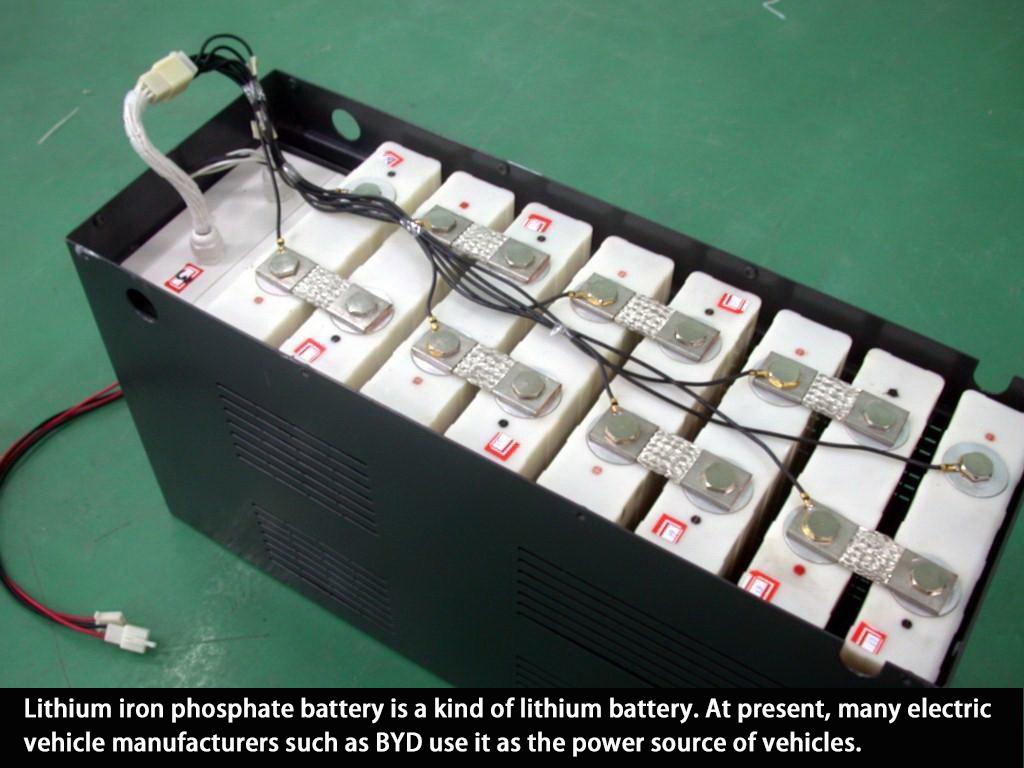[WapCar] In a broad sense, batteries can be divided into three categories: chemical batteries, physical batteries, and biological batteries. Among them, chemical batteries and physical batteries have been used in mass-produced electric vehicles, and biological batteries are regarded as one of the important development directions of electric vehicle batteries in the future. In consideration of the current practical application situation, we only introduce the chemical battery in detail.
Lithium battery
Lithium batteries are currently one of the most commonly used battery types in electric vehicles, although it has not been a long time since its birth in 1970, it quickly occupied most of the electric vehicle battery market due to its high energy density and long cycle life. Nowadays, the lithium batteries equipped with electric vehicles on sale mainly include lithium iron phosphate batteries and ternary lithium batteries. And these two kinds of batteries have significant differences in their own characteristics, so it is necessary for us to explain and compare them in detail.
Lithium iron phosphate battery
Compared with the early lithium manganate batteries, the energy density of lithium iron phosphate batteries is not much different, about 100-110Wh/kg, but its thermal stability is currently the best among lithium batteries for vehicles. When the battery temperature is at a high temperature of 500-600℃, its internal chemical composition begins to decompose, and the lithium cobalt oxide battery, which is also a lithium battery, is already in an unstable state at 180-250℃. In other words, the safety of lithium iron phosphate batteries is second to none in lithium batteries, and because of this, it has become one of the main categories of current electric vehicle batteries.

Ternary lithium battery
Compared with the lithium iron phosphate battery, the ternary lithium battery used in Tesla MODEL S is much higher in weight energy density, about 200Wh/kg, which means that a ternary lithium battery of the same weight has a longer cruising range than a lithium iron phosphate battery. However, its shortcomings are also obvious, when its own temperature is 250-350°C, the internal chemical components begin to decompose, so extremely high requirements are placed on the battery management system. It is necessary to install a safety device for each battery separately, additionally, due to the small size of the cells, the number of battery cells required for a bicycle is very large.

NiMH batteries
Ni-MH batteries are currently another mainstream type of electric vehicle power batteries besides lithium batteries, which have gradually developed after the 1990s. For example, many hybrid vehicles represented by Toyota Prius use such batteries as energy storage components. Its energy density is not much different from ordinary lithium batteries, about 70-100Wh/kg. However, because the battery cell voltage is only 1.2V, which is 1/3 of the lithium battery, the volume of the battery pack is larger than that of the lithium battery under the condition of a certain voltage demand.

Like lithium batteries, nickel-metal hydride batteries also need a battery management system, but they pay more attention to battery charge and discharge management. The reason for this difference is mainly due to the "memory effect" of NiMH batteries, that is, the capacity of the battery will attenuate during the cycle of charging and discharging. And excessive charging or discharging may aggravate the capacity loss of the battery (this characteristic of lithium batteries is almost negligible). Therefore, for manufacturers, the Ni-MH battery control system will actively avoid excessive charging and discharging in settings. For example, the charging and discharging interval of the battery is artificially controlled within a certain percentage of the total capacity to reduce the rate of capacity decay.